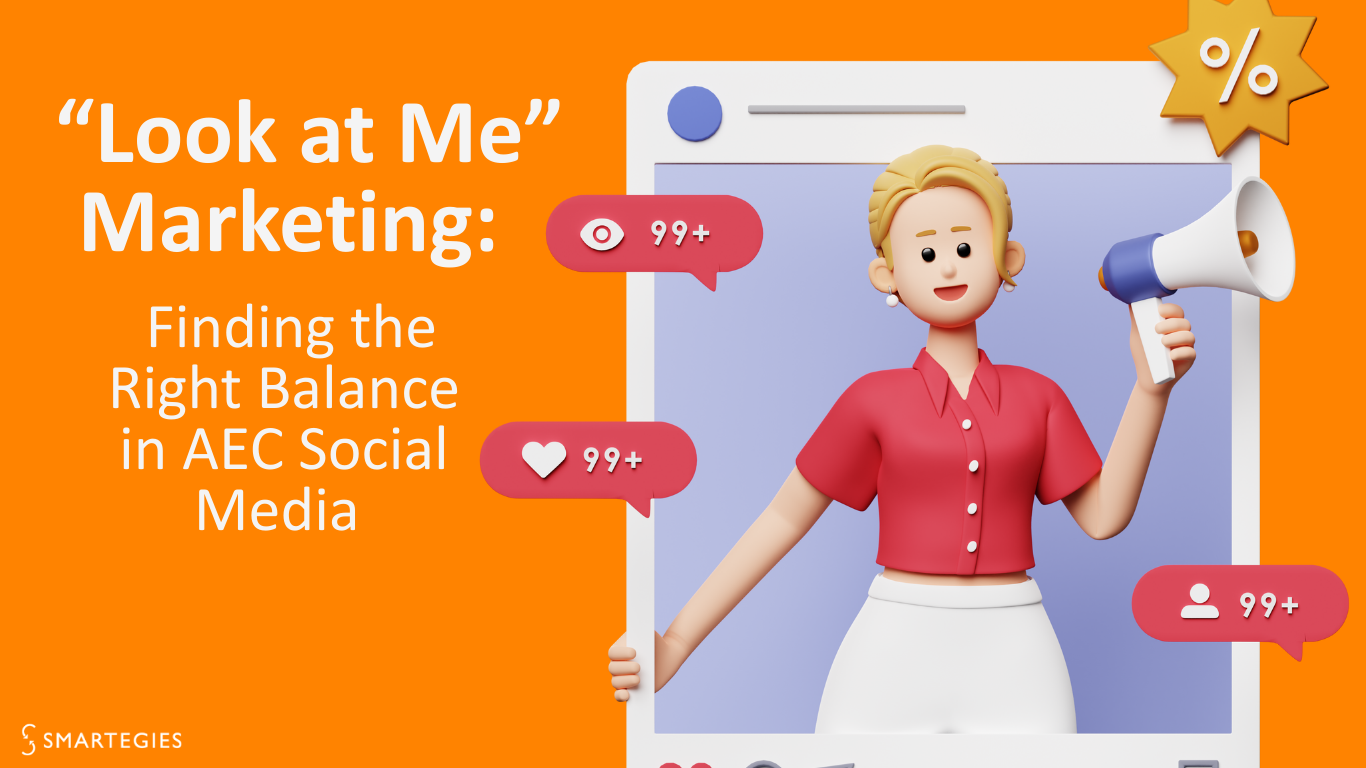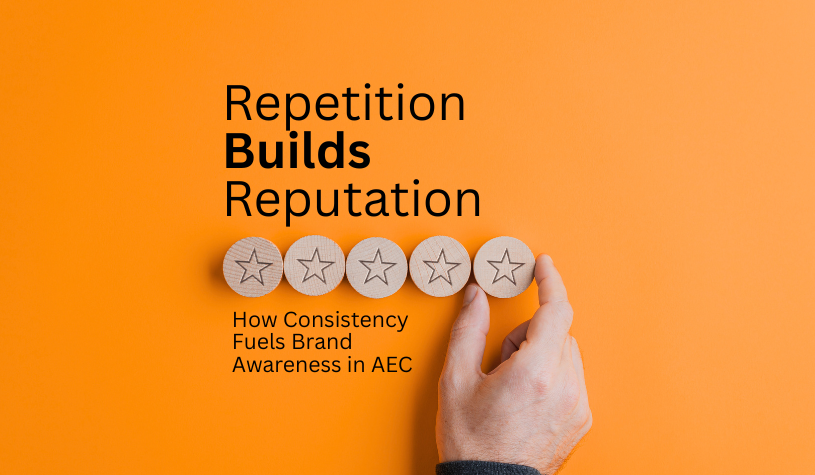At Smartegies, we have found that teams can make it or break it in an interview. Many times, one team goes into the interview with a leading score and another comes out as the winner. This is because people can be influenced during the interview process. A good interview can sway the votes in your direction. Why leave that to chance? We recommend you consider these 9 Presentation Strategies when approaching your next interview.
- Make Prep a Priority
Preparation can make or break the interview. If you have made it this far in the selection process, then you have a shot at winning. Your chances of winning increase with preparation, so come up with a plan, study the job, and get your team in a room to practice. Those who prepare noticeably stand out above the competition!
- Know the Selection Committee
Knowing who is in the room can help you connect the conversation in a meaningful way. Outline a list of selection committee members and ask yourself what keeps them up at night. You’d be amazed by what you can learn about others through LinkedIn and your network. Addressing their concerns during your interview can help win their vote!
- Focus on the Project at Hand
Though it is good to showcase your expertise by relating it to prior experience, your presentation as a whole should directly address the challenges of the project at hand. Look for ways to weave in past examples while talking about challenges you will face. Doing so will keep the audience engaged while demonstrating your knowledge.
- Bring the Right People
While it is always hard to determine where to draw the line; bringing too many people can dilute your message. We recommend you bring a firm leader to open and close the conversation. The lead project manager or architect should act as MC and provide input along the way. Other key members should be the day-to-day project manager or designer, a preconstruction leader who can speak to the numbers, a lead superintendent to review schedule and site logistics, and anyone that can address unique areas of the project such as specialty consultants or BIM experts. Remember, everyone who attends should have an active role in the presentation!
- Tell Your Unique Story
Don’t try to be someone you’re not! Use your firm’s unique differentiators to demonstrate how you are best suited for the work. Owning your unique attributes and telling unique stories helps you engage with the audience and stand out amongst the competition.
- Leverage Technology
Why not showcase your capabilities? As an added differentiator, those who leverage technology typically make a greater impression. Using technology, such as 3D modeling, can also help non-technical staff connect with your conversation. Showcasing your capabilities tells the audience that you are willing to invest time in their project and promotes the added benefit that innovative tools provide throughout the project lifecycle.
- Dress Your Part
When it comes to attire, dress your part. It is most appropriate to consider your audience. If they suit up each day, you should, too! Mimic their level of formality. Of course, the exception is field staff where a nice pair of jeans or chinos and a polo shirt are more acceptable.
Check out How to Dress for Success blog articles: Women’s Edition and Men’s Edition
- Present Clear Visuals
It can be hard to present complex visuals on a screen. Nothing is more frustrating than having the presenter say, “I know you can’t read this, but…” Get creative by looking for another visual translation, printing on a board, or simplifying the content. Your message will be clearer, and your audience will thank you!
- Get Out of the Weeds
This one is tough. You have a lot of knowledge, and you want to demonstrate it. When you get too technical, you run the risk of losing your audience. Instead, think big picture and explain concepts in terms that the average person can understand. Refrain from the use of acronyms. Making this shift helps the information resonate with the audience and moves the conversation along, which is especially important when there is a time limit to consider.
Click here to listen to AEC Marketing for Principals podcast where Jere Smith, Director of Capital Improvements for Atlanta Public Schools and President of the Construction Owners Association of America (COAA), discusses best practices for firms looking to make an impact with their AEC proposals and interviews.




